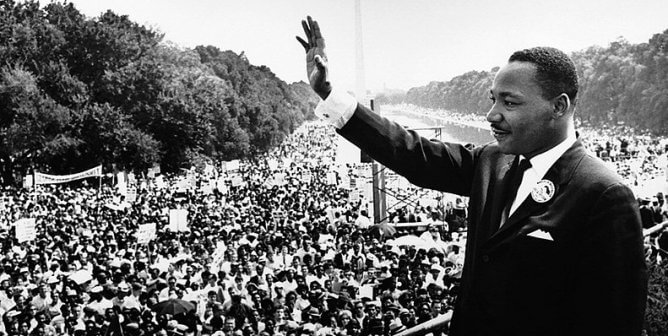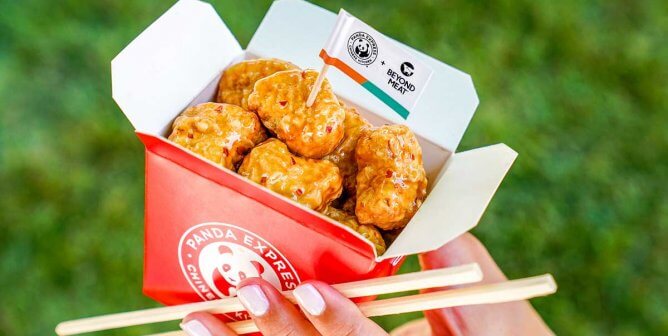More Than 20 Million People Have Seen These ‘In Reverse’ Videos
PETA’s eye-opening series of “in reverse” videos has already helped more than 20 million viewers make the connection between the foods they eat or the clothes they wear and the animals who were killed to make them.
A simple change in perspective is all it takes. You won’t be able to look away as these videos play in reverse, rewinding to expose how animals in the food and fashion industries suffer at every stage of their short lives.
Turkey in Reverse
Turkeys are smart, sensitive birds who have been known to enjoy clucking along to music and love to have their feathers stroked. In nature, babies stay with their mothers for up to five months, and they like to eat meals together as a family, much as humans do on Thanksgiving. But in today’s slaughterhouses, fully conscious turkeys are shackled upside down and their heads are dragged through an electrified stun bath, in which currents shoot through their bodies, causing spasms, burns, and fractures. Many birds are still conscious as their throats are slit and they’re immersed in scalding-hot water to remove their feathers.
Chicken in Reverse
The average chicken today is four times bigger than one in the 1950s, and chicken breasts are 80 percent larger than they were back then. Many become crippled because their legs cannot support the weight of their bodies. They commonly die of ascites, a condition thought to be caused by the inability of their hearts and lungs to keep up with their rapid skeletal growth.
Milk in Reverse
On dairy farms, calves are torn away from their mother’s side shortly after they’re born. That’s because, just like humans, cows only produce milk when they’re pregnant or nursing a newborn. The dairy industry keeps them almost constantly pregnant so that the milk produced for their babies can be given to humans instead. Just like cows killed for beef, those suffering in the dairy industry also wind up at the slaughterhouse after their broken bodies give out years before they would in nature. Seeing the whole process unfold in reverse can certainly be hard to stomach.
Animals suffer outside the food industry, too. Leather jackets and wool sweaters are also a product of unimaginable cruelty:
Leather in Reverse
Leather can be made from the skins of cows, pigs, goats, and sheep as well as exotic animals such as alligators, ostriches, and kangaroos. In China, even dogs and cats are slaughtered for their meat and skins, and this leather is exported around the world. Because it normally isn’t labeled, you never really know where (or whom) it came from.
Wool in Reverse
Sheep are known for being docile, gentle animals, which makes their abuse even more unbearable to witness. Just like cows and dogs in the cruel leather industry and rabbits in the angora industry, sheep raised for wool suffer greatly. They’re often beaten, kicked, and mutilated so that their wool can be made into sweaters, coats, scarves, gloves, and boots.
No matter which way you look at it, animal abuse is never acceptable.
We have a choice every time we open our wallets. Whether you’re grabbing lunch or purchasing a new coat, always buy vegan. Plant-based foods and clothing made from non-animal materials are kinder to living beings and the environment.
Need support to get started? Don’t worry—we’re here to help.




